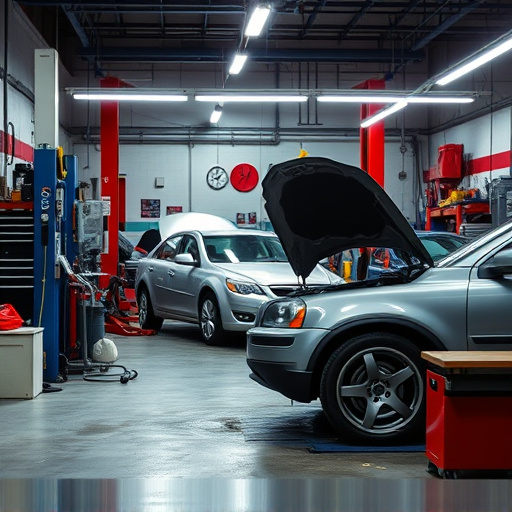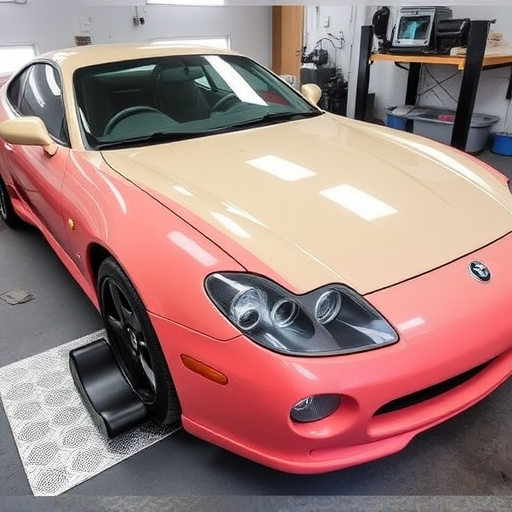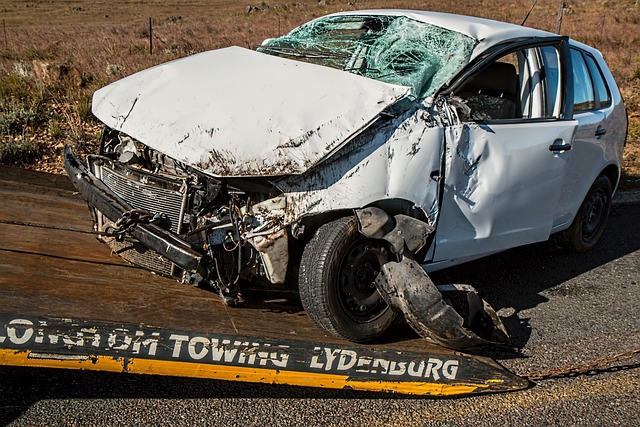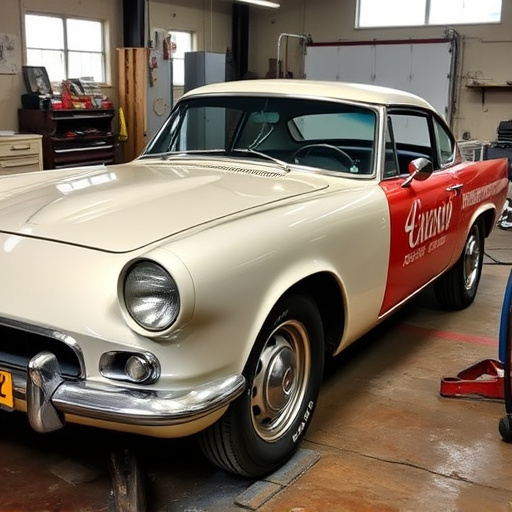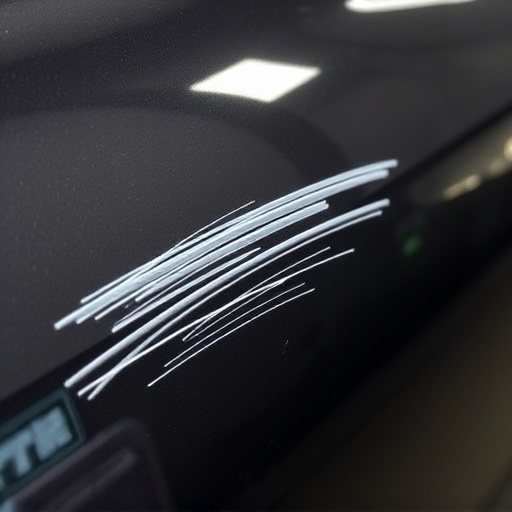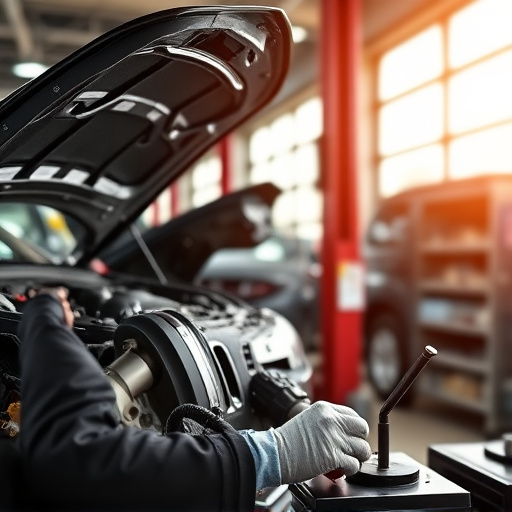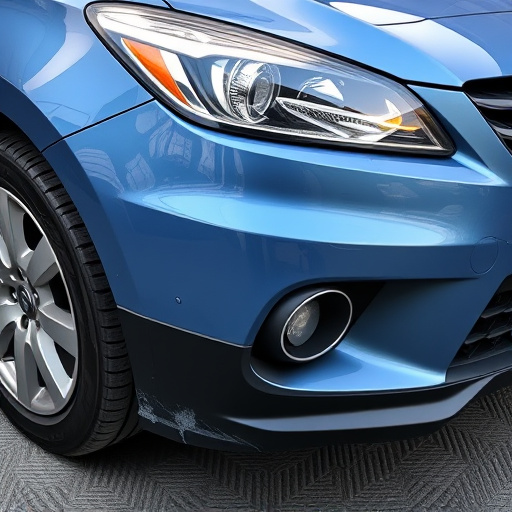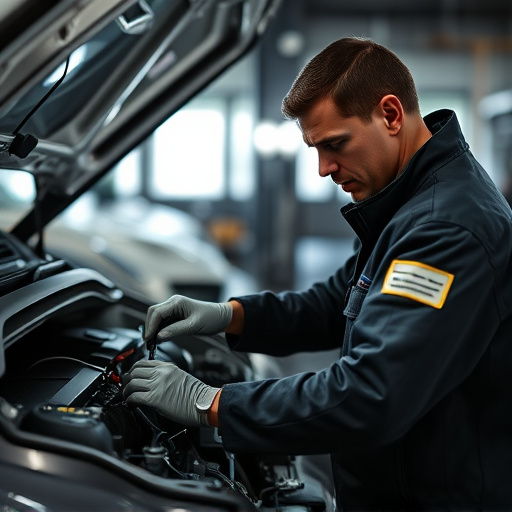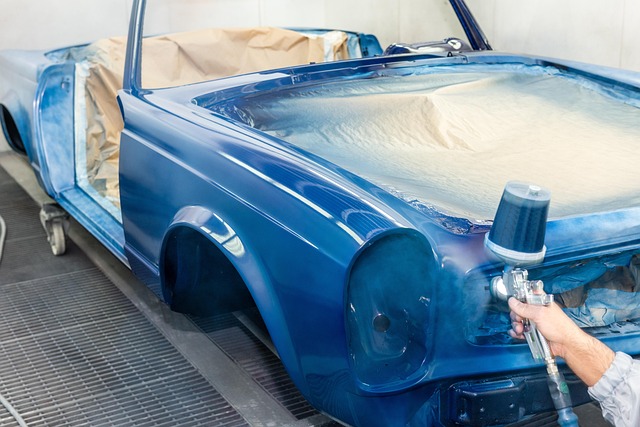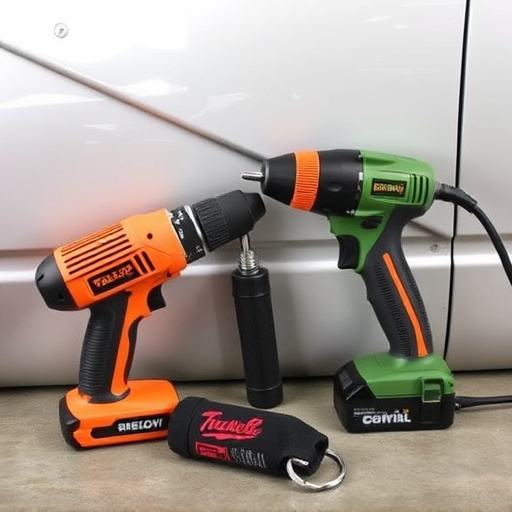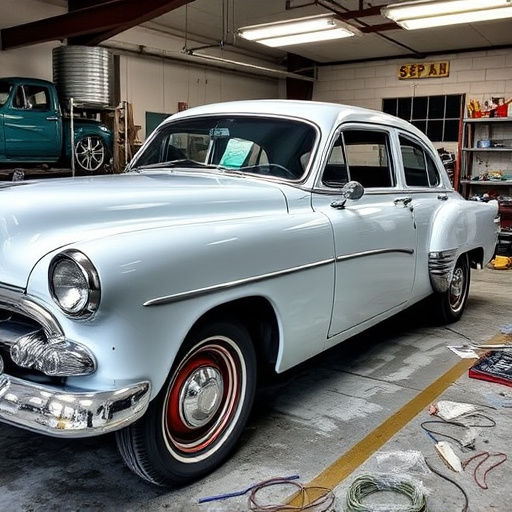Safety systems verification is crucial for modern vehicles, focusing on both active and passive features. Advanced testing methods use simulation and prototypes to ensure reliability in diverse conditions, from sudden obstacles to extreme weather. Rigorous scrutiny of complex scenarios identifies vulnerabilities in safety systems like collision avoidance and lane departure warnings. Combining theoretical analysis with practical testing, this multi-faceted approach uses advanced tools to maintain optimal vehicle security and protect all road users.
“Unveiling the critical path to safe vehicles, this article guides you through essential steps in safety systems verification. From defining vehicle safety system requirements that meet stringent industry standards to implementing comprehensive testing strategies that ensure robust performance, every detail matters.
We delve into rigorous verification assessments, highlighting best practices for ensuring safety and reliability. Discover how these methods contribute to the overall effectiveness of safety systems verification, fostering peace of mind on the road.”
- Define Vehicle Safety Systems Requirements
- Implement Comprehensive Testing Strategies
- Conduct Rigorous Verification Assessments
Define Vehicle Safety Systems Requirements

Vehicle Safety Systems Requirements form the bedrock upon which effective safety systems verification is built. These requirements encompass a comprehensive set of standards and specifications designed to ensure that vehicles operate securely, protecting both passengers and other road users. Before initiating any verification process, it’s crucial to clearly define these mandates, detailing functionalities, performance metrics, and environmental considerations. Such definitions serve as a navigational chart, guiding engineers and testers in their quest for flawless safety systems.
Among the critical aspects to be considered are active and passive safety features. Active safety involves technologies that enhance vehicle control and stability, such as anti-lock braking systems (ABS) and electronic stability control (ESC). Passive safety, on the other hand, focuses on protecting occupants through structural design and restraint systems, like airbags and seatbelts. Moreover, modern vehicles demand integration of advanced driver assistance systems (ADAS), which merge sensor data with vehicle controls to foresee and react to potential dangers. This encompasses functions like adaptive cruise control, lane-keeping assist, and collision avoidance systems. Proper verification ensures that these safety systems function optimally, seamlessly, and reliably under all conditions, thereby preventing accidents and mitigating their impact.
Implement Comprehensive Testing Strategies
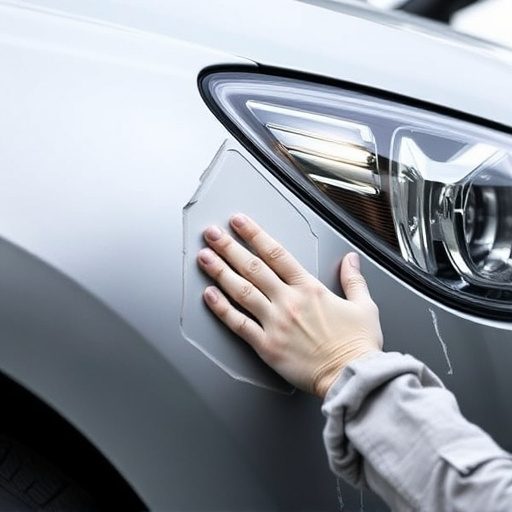
Comprehensive testing strategies are paramount to achieving robust safety systems verification for vehicles. This involves simulating a wide range of scenarios and conditions under which the safety systems would be engaged. Modern testing methodologies leverage advanced simulation tools, virtual environments, and physical prototypes to ensure every component interacts harmoniously. By covering various driving situations, from sudden obstacles to extreme weather conditions, engineers can uncover potential flaws or sensitivities in the system.
Effective verification demands a multi-faceted approach that goes beyond basic functionality checks. It includes rigorous testing of safety features like airbags, anti-lock braking systems (ABS), and electronic stability control (ESC). Moreover, integrating these systems with other vehicle subsystems—such as sensors, actuators, and communication networks—is crucial to ensure seamless operation during real-world driving dynamics, including car collision repair scenarios. This holistic verification process ultimately safeguards drivers and passengers, ensuring the reliability of safety systems in diverse auto repair shop settings and beyond.
Conduct Rigorous Verification Assessments
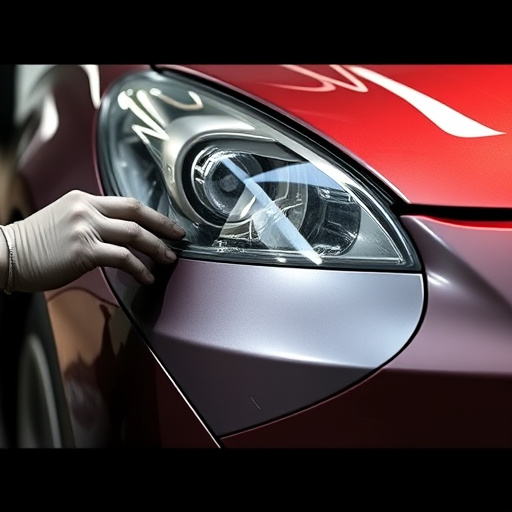
To ensure the highest levels of safety for vehicles, rigorous verification assessments are an indispensable component of the safety systems verification process. These evaluations go beyond basic functionality tests, delving into intricate scenarios and potential edge cases to uncover any vulnerabilities or weaknesses in the safety system. By simulating real-world driving conditions and unexpected situations, engineers can validate the reliability and responsiveness of safety features such as collision avoidance, lane departure warning, and adaptive cruise control.
Rigorous verification involves a multi-faceted approach that includes both theoretical analysis and practical testing. This process incorporates advanced simulation tools, real-time data logging, and comprehensive diagnostics to identify and rectify issues early in the development cycle. Just as meticulous auto painting requires precise techniques and quality materials for durability, so too does safety systems verification demand stringent protocols and cutting-edge technology to protect drivers, passengers, and other road users, ensuring that classic car restoration efforts meet modern safety standards.
Effective safety systems verification is paramount in ensuring vehicle reliability and passenger protection. By clearly defining requirements, implementing robust testing strategies that cover a wide range of scenarios, and conducting thorough verification assessments, automotive manufacturers can build confidence in their safety systems. These steps not only meet regulatory standards but also set benchmarks for industry-leading safety, fostering a culture of vigilance and innovation in the design and development process. This comprehensive approach to safety systems verification is crucial for advancing vehicle technology while prioritizing passenger well-being.
